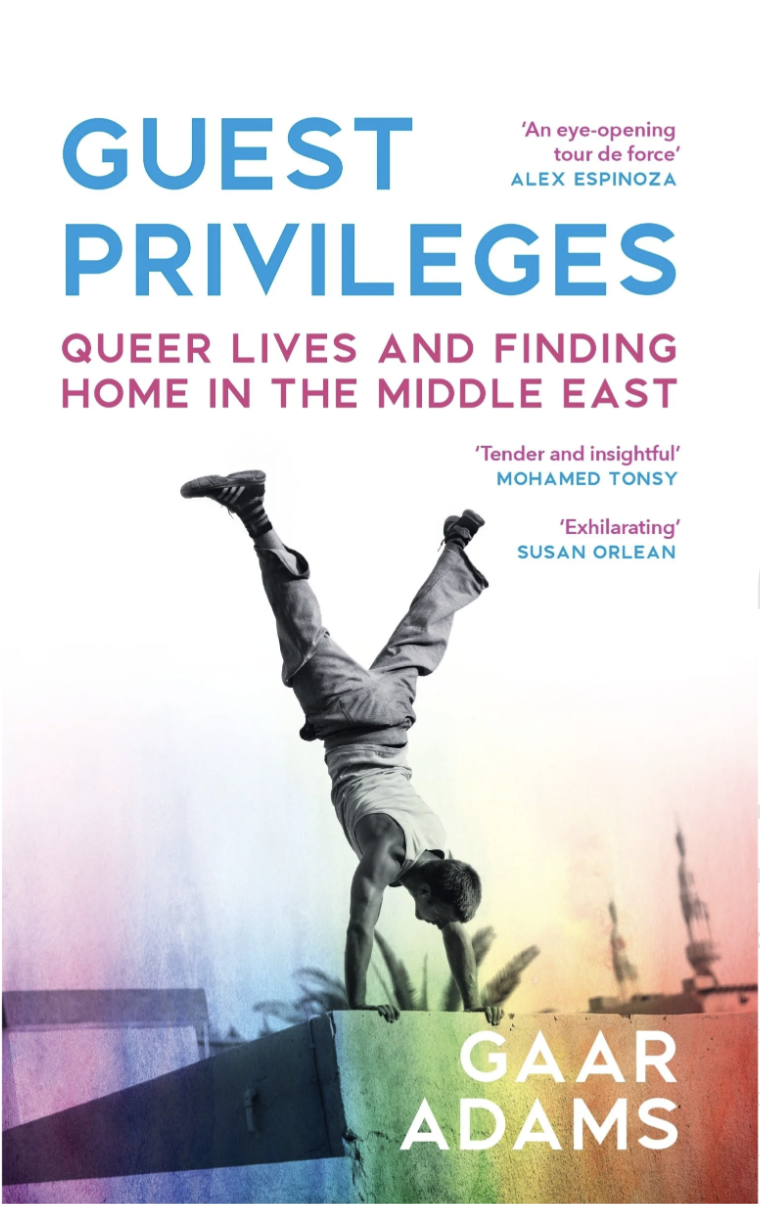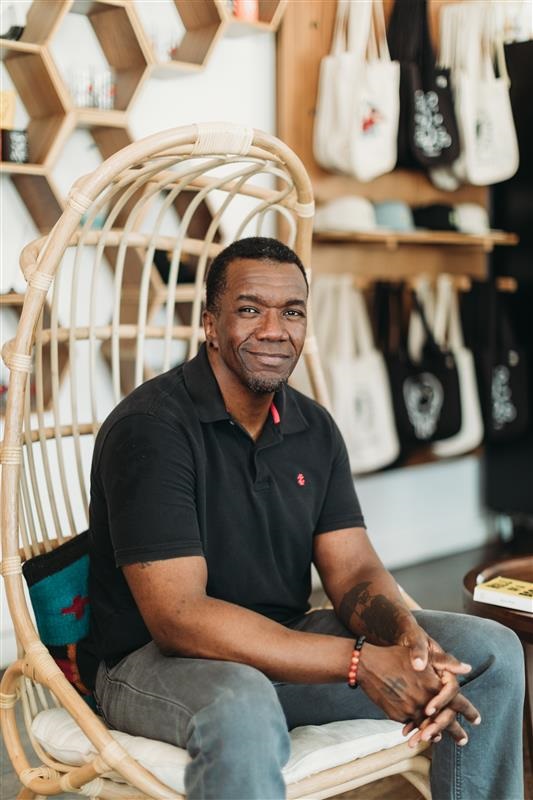“Hey, kid, what’s the perfect murder weapon?”
George Covaleski used to ask me this question every time I went to see him. No matter how hard I tried, I could never come up with the right answer.
George knew a lot about murder weapons and the many ways people could get killed.
He was the chief investigator for the Broward County Medical Examiner’s Office in Fort Lauderdale, Florida. His job was to determine the cause of death for the hundreds of bodies that were delivered to his office every year. He spent his days reviewing autopsy reports, witness statements, photos and evidence from the scene where people died, and then issued rulings that would be used by homicide detectives, lawyers and life insurance companies.
Each time he posed the murder weapon question, I’d rub my chin and try to think of something clever. An exotic poison? A lethal virus? A homemade gun that you could disassemble and scatter in different locations?
“Nope,” he would say. “This one is perfect.”
I met George when I was a rookie crime reporter. Death was part of my beat, and my daily responsibilities included calling the medical examiner’s office to see if any bodies turned up that might be newsworthy.
When I called George for my routine checks, I was usually on deadline, and our conversations were quick and to the point. But over time, we became pals on the phone during my daily calls, a result of our regular contact. “Whaddya got today, George?” I would say.
He had a deep, gravelly voice, a sound that suggested years of unfiltered cigarettes, nasty crime scenes and too many late nights. He would say, “We got a floater. Looks like a suicide.” Floaters were just like they sounded—floating bodies, frequently grotesquely bloated with the gases of decomposition and usually found bobbing in canals or ponds. Or he would say, “multiple gunshot wound victim.” Sometimes he’d say “nothing but naturals today,” which meant that none of the deaths were of a suspicious nature.
One day when things were slow in the newsroom, I decided to drive to the Medical Examiner’s office to meet George in person for the first time. The office looked like one of those professional medical buildings, low slung, clean and quiet. But I felt nervous as I walked up to the entrance, thinking about how it was filled with dead bodies lying in refrigerators or on tables where they were being sliced open. Being new on the job, I was just beginning to learn about a world that I knew little about, spending time at crimes scenes, police stations and inserting myself into other people’s tragedies and personal grief. I felt weird, embarrassed, intrusive. My editors didn’t care. They wanted the story.
Once I walked inside the medical examiner’s office, the place didn’t seem so bad. It was strangely calming. Unusually quiet. It reminded me of a hospital, with clean tile floors that sparkled and fluorescent lights that hummed from above. A couple of receptionists sat at desks with computer terminals, the clicking of their keyboards the only sound in the room. Men in blue surgical scrub outfits walked out of doorways, which I presumed led to the rooms where they cut open the bodies. There was a faint, antiseptic smell, slightly sweet, yet somehow foul.
George was smoking when I came into his office, a small room down the hall from the autopsy theaters. He was a man of tremendous girth, perhaps three hundred pounds or more. His face was wide and folded with lines that radiated from his eyes and creased his cheeks. But it was a friendly face. He smiled and shook my hand.
Tacked on the wall behind him were police bulletins, pictures of missing persons, artists’ renderings and clay sculptures of homicide victims whose faces had been destroyed by decomposition or shotgun blasts. Many of them looked like ghoulish cartoon characters. I wondered whether they would ever match real people with these hopeless looking reconstructions.
I sat down next to his desk, which was covered in papers, folders, color photographs of human bodies with all manner of wounds, holes, and slices.
“So kid,” he said, “What’s the perfect murder weapon?”
I thought for a moment, but came up with nothing. We’d been playing this game on and off for months. He seemed delighted to stump me.
When I spoke with George, I learned of all the terrible ways people could die and the details of their injuries. Car accidents (steering wheel embedded in chest) construction mishaps (man impaled by rebar, man crushed by two-ton slab of concrete wall), shootings, stabbings, bludgeonings (hammers, crowbars, baseball bats). Blunt force trauma to the head, cocaine intoxication, asphyxia, or myocardial infarction, which meant heart attack.
There were many horrible cases, and I had to write stories about them. One time a woman at commercial laundry was decapitated when a tightly wound coil of wire snapped on a machine, unraveled at blinding speed and sliced off her head. I wondered how they informed her family. Another time, there was an infant who was stomped to death by his father for defecating on the floor, a swimmer struck by lightening, a mechanic crushed when a car jack collapsed, a homeless man who fell into a canal and drowned while squatting to move his bowels. George said they figured that one out after police discovered a pile of evidence on the bank of the canal, and linked it to the man who was found floating in the canal with his pants around his ankles. My first reaction was to think that was funny. George did not think that at all.
As a reporter, I instinctively became detached from the reality of this gruesomeness so that I could focus on my job. I adopted that kind of inside humor that cops and paramedics had, making light of the horrors we witness to block out our emotions, a sort of defense mechanism. I used to enjoy telling my colleagues in the newsroom about the bizarre cases, especially the one about the man squatting by the canal. Later, I felt ashamed for making light of it.
George liked to tell jokes, but he never made light of the dead whose bodies passed through his office. It was a place of respect, he told me. The dead must be treated with dignity. Everyone had a family, someone who loved them. That became clear one afternoon while I was visiting George, and a family came in, apparently to identify a body. I heard a woman crying and wailing in the hallway, and I felt a chill. When families like that came to talk to George, he knew just what to do. He was comforting and professional. He treated them like a funeral director might.
“Hey, kid, what’s the perfect murder weapon,” George asked me again one afternoon when I stopped by to see him.
“Jesus George, I don’t know. I give up.”
“This one is absolutely perfect.”
I sat silent.
“All right, I’m going to tell you now,” he said, finally preparing to reveal the solution for me as if announcing the secret of the universe. He leaned forward, his eyes widened and eyebrows arched upward.
“An icicle,” he said in a low voice.
George’s enormous face held a wide grin as he waited for me to react. “A good sharp icicle,” he continued. “Stab the victim, and the evidence just melts away, never to be seen again, completely changing form and then vaporizing into the sky.” He then waved his hands in the air while wiggling his fingers.
He was right. It was perfect.
I asked George if in all his years whether he knew of such a case. “No,” he said. “But then, again, how would I?”
George laughed so hard he began coughing from the deep recesses of his lungs, a booming hack of such respiratory rumbling that I thought I might have to run into the autopsy room for help. He reached into his shirt pocket, pulled out a cigarette, lit it, inhaled deeply and was calmed. George might have been carrying the perfect murder weapon in his shirt pocket all along.
Not long after that visit, I got a call in the newsroom. George was dead. I sat stunned. We had just been talking the other day. Everything seemed fine. I wondered whether they took his body to the Medical Examiner’s office. But that didn’t make sense. I found out he died at a hospital. Heart attack. He was only sixty-one years old. He would have classified his own death as “a natural.” “No story there,” he would say.
But there was a story, and my editor assigned me to write his obituary. It’s strange to write about the death of someone you know, though in many ways I hardly knew George. Like those who turned up on the autopsy tables, there were people who knew and loved George deeply, and would be hit hard by his death. I called some of his colleagues at the Medical Examiner’s Office to get some quotes and learn something more about my friend, George.
I learned he had four daughters and a son who died of cancer ten years earlier. He was born in Connecticut, served in the Marines and worked for years as a cop. He also had an interesting personal life, which he never told me about. George played drums with a polka band called Georgie K and His Orchestra. He used to wrestle as an amateur under the nickname of “The Crusher.”
One of the investigators at the office told me how much they loved George. “I can recall a lot of families thanking him as they walked out the door for his kindness and compassion,” he told me. Another investigator said, “he was like a father to us all.” These stories made me want to cry, but I was on deadline. I had a story to write.
I will always remember my friend George and his favorite riddle, which I have repeated many times to others, none of whom could come up with the right answer. But George was wrong about the perfect murder weapon. Time is the perfect murder weapon. It always works and it always gets away with it. If we don’t get in the way of a bullet, a speeding car, a two-ton slab of concrete, fall into a canal or get sliced by an uncoiling piece of wire, something will get us eventually—cancer, heart disease, or if we’re lucky, old age. It’s just a matter of time.





9 responses
Excellent piece. Thanks for writing it.
I don’t know why I decided to read this article, but I’m glad I did. I really enjoyed all the great descriptions and the answer to the question was very clever. I liked the time answer as well. Every day my dad picked up a copy of the Sun-Sentinel before dropping me off to school. I wonder if he read your column…
THE FIRST PERSON I HEARD THE ‘ICICLE’ WEAPON THING FROM WAS ALFRED HITCHCOCK…MAKES FOR A GREAT TRIVIA QUESTION.GREAT STORY.
Thanks to all for your kind words. Now don’t get any sinister ideas and go out and murder someone. I absolve myself of responsibility for sharing the secret of the perfect murder weapon. (Anyway, it’s summer. icicles may be hard to find, at least in the lower 49).
The answer to George’s question: Humans. You did say weapon? Human. Weapons invented then without man is no longer a weapon. Man and woman. That is my answer.
Nice piece. Having worked in EMS and Fire, it reminded me of my professions particular gallows humor, and the personalities I’ve worked around. And of the inevitable loss of some of my favorite of those people.
When I first read George’s question, I actually said “Time” in my head.
The wise old man was right when he said if you sit on the river bank long enough, you will see the bodies of your enemies floating by. What he left out is, you’ll see the bodies of a lot of friends too.
I am stunned to read this article, and beyond pleased with my find. George Covaleski was my grandfather. Your account of his demeanor & visage is spot on, and brought back familiar recollections so vivid I could nearly smell his constant companion brand of cigarettes. The only things off truth was that he died 10 days after my father committed suicide, not 10 years after cancer. The stress of his only surviving son’s death by self-inflicted gunshot wound was to great on his heavy heart. He had a youngest son as well, who died as a child in front of his sisters & in my father’s arms after being hit by a passing car. Among my father’s other stories of their youth was George showing crime scene pictures to his teen daughters, showing them what trouble can happen to girls who stay out too late at night, etc. Some may find this harsh & gruesome, but I found it a bit amusing. =) His efforts to raise safe & upstanding children worked, as all my aunts grew to be beautiful, smart, well grounded & well rounded women I admired my life long. I remember spending summers at my grandparents, and shirking playing in the sunny yard to sneakily read Grandpa George’s books on fingerprints & various other forensics. I fondly attribute my intense interest in forensics to this day to my grandfather George… although he by his knowledge spared me the details of work when I was a child, not knowing I was avidly reading his books, hehehe… & I wish he were still here today, even just to share with me the conversations on the day’s notable deaths as he did with you. I came across this article while looking up my grandmother’s recent obituary (his wife Elda, another notable character in my development) and it has truly brightened my day. Thanks to it I am now interested in your other writings as well! I would welcome & encourage any correspondence you find yourself a moment for. Kudos for a great piece. =)
Though it’s true that time is the universal avenger, that isn’t really murder. It’s just that time=death, since all bodies wear out no matter what we do. The perfect murder weapon is intent + intelligence (i.e. your own brain), since you can talk someone into killing themselves given sufficient will & skill in expression. BTW, an icicle leaves a wound entry point, which is obviously suspicious.
This was a great article and both answers were great and george was ib the right path but no the perfect murder weapon would be an ice knife which anyone can make just like he said it disapears no prints no evidence just a puncture wound and that wound can come from anything really but if u want to make it a painful harsh murder u put snake venom in the knife and all over it so all it would take is a poke and able to get into the blood stream yes u b able to detect the venom but u would have never thought some one actauly stabbed the person with venom most likely u think they just got bit by a snake so make two little poke or stab marks. The thing about the court system is its not what you know but what you can prove in court so u need some kind of picture video or prints to be able to do that. But amazing article it kinda seemed like an older detective movie and george was one of the main charcters
Click here to subscribe today and leave your comment.